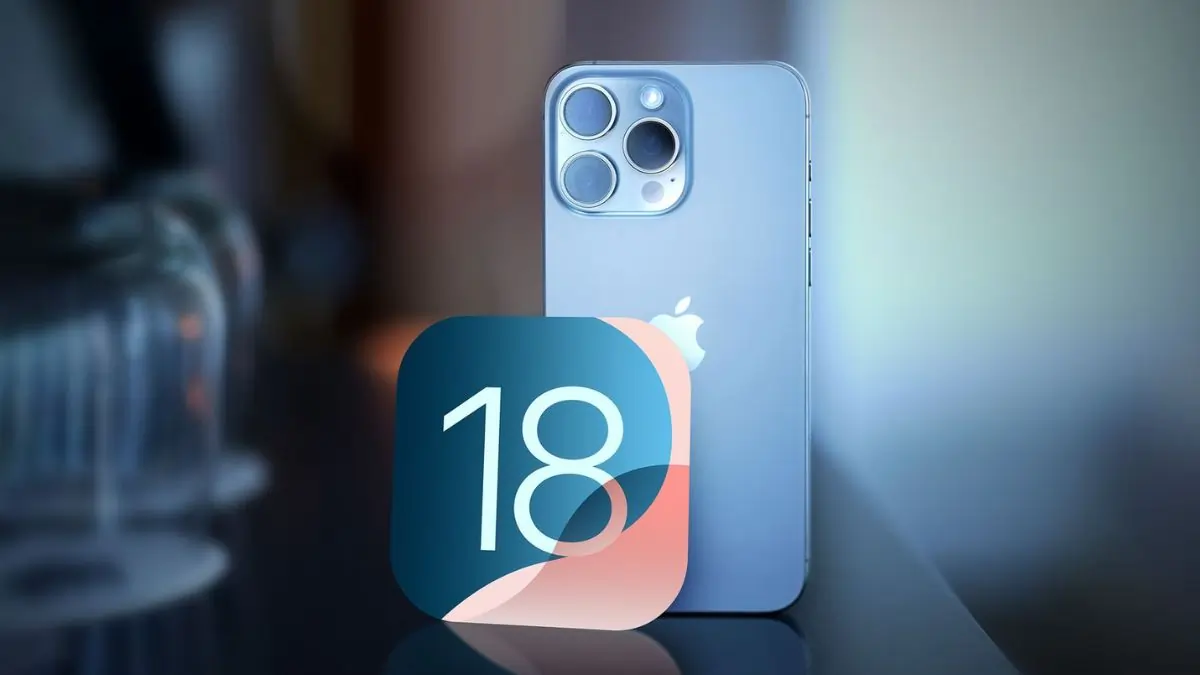Apple’s reputation for seamless software updates continues to shine as the company reveals adoption statistics for iOS 18 and iPadOS 18. According to data published on January 21, a remarkable 76% of iPhones introduced in the last four years are already running iOS 18. For iPads, the adoption rate of iPadOS 18 is equally impressive, standing at 63% among recent devices. These figures underscore Apple’s unparalleled ability to bring its user base up-to-date quickly, cementing its dominance in the software ecosystem.
The Numbers Speak for Themselves
Here’s a detailed breakdown of the adoption statistics:
iPhones:
- 76% of iPhones introduced in the last four years run iOS 18.
- 19% of these devices are still on iOS 17.
- Only 5% remain on earlier versions.
Looking at all iPhones in active use:
- 68% are on iOS 18.
- 19% still run iOS 17.
- 13% use earlier versions.
iPads:
Among iPads introduced in the last four years:
- 63% are on iPadOS 18.
- 27% are on iPadOS 17.
- 10% run older versions.
For all active iPads:
- 53% run iPadOS 18.
- 28% are on iPadOS 17.
- 19% use earlier versions.
These numbers were calculated based on devices transacting on the App Store as of January 21, reflecting Apple’s capacity to encourage widespread adoption swiftly.
Comparing Adoption Trends
This year’s adoption trajectory mirrors the patterns seen with iOS 17 and iPadOS 17. For context:
- Last year, 76% of iPhones introduced in the previous four years had upgraded to iOS 17 by the same point.
- For iPads, the adoption rate stood at 61% for newer models.
Such consistency suggests Apple has reached a steady peak in adoption rates, a feat that few competitors can rival. By comparison, Android device makers often struggle to achieve similar levels of update penetration, leaving many devices on outdated versions for years.
A Win for Users – And Developers
Frequent updates are not just about security and performance. For developers, a unified user base minimizes the need for maintaining compatibility with older operating systems. Apple’s centralized ecosystem ensures developers can leverage the latest features, enabling a better user experience overall.
This contrasts sharply with the fragmented Android ecosystem, where even flagship devices sometimes take months to receive updates – if they arrive at all. It’s no wonder that many developers and users favor Apple’s streamlined approach.
What’s Driving the Strong Adoption?
Several factors contribute to iOS and iPadOS’s strong adoption rates:
- Ease of Updates: Apple’s one-click update process makes upgrading hassle-free for users.
- Device Longevity: Apple’s commitment to supporting older devices ensures even aging models receive the latest features and security patches.
- Compelling Features: iOS 18 and iPadOS 18 introduced game-changing features like enhanced widgets, improved privacy controls, and seamless integration with other Apple devices.
- User Trust: Apple’s reputation for reliability and security incentivizes users to stay current.
iOS vs. Android: The Adoption Debate
The disparity in adoption rates between Apple and Android is glaring. While Android’s open ecosystem allows for greater hardware variety, it also creates challenges for timely updates. OEMs often prioritize new models, leaving older devices lagging behind.
For instance, even the best gaming phones Best Gaming Phone on Android may not see updates for years. In contrast, Apple’s devices, regardless of age, are eligible for updates for up to seven years, ensuring a consistent experience.
The Future of Apple Updates
As Apple continues to refine its ecosystem, future adoption rates are expected to remain robust. Features like automatic updates and better communication about new functionalities will likely further streamline the process. For users, this means enjoying cutting-edge technology without having to upgrade hardware frequently.
If you’re looking to experience the best that mobile devices offer, consider exploring our Phone Lover website for expert recommendations on smartphones, including iPhones and Android devices.
Final Thoughts
Apple’s latest adoption numbers reaffirm its position as a leader in software deployment. With 76% of newer iPhones already on iOS 18 and similar trends for iPads, the tech giant continues to set benchmarks in the industry. Whether you’re an iOS fan or an Android enthusiast, there’s no denying the power of Apple’s cohesive ecosystem.
Must Read: As Apple Earnings Near, Investors Debate Whether the iPhone Maker’s Stock Is Set to Fall







